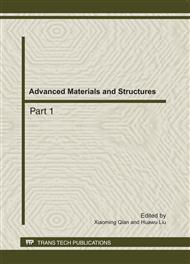p.787
p.797
p.805
p.809
p.813
p.818
p.822
p.826
p.831
Optimization Parametric Study of Deep Drawing Process for a Standardized Cranial Implant
Abstract:
The purpose of this study is to investigate the optimal process parameters use to fabricated a standardized cranial implant using deep drawing with a titanium mesh sheet. First, the mold for deep drawing, consisting of die, punch, blankholder and blank sheet, was designed within a CAD program. Then the formability of the mold was simulated using FE software. Furthermore, a link between the result of the FE simulation and CAE program was established to determine the best input parameters in the deep drawing system which produced minimal defects (wrinkles and ruptures). The parameters of interest in this study were the overall friction coefficient, blankholder friction coefficient, blankholder force and blank sheet thickness. The results showed the high feasibility of the joint CAE program and optimization procedure to calculate the best input parameters which can reduce time and cost consuming physical tryouts.
Info:
Periodical:
Pages:
813-817
Citation:
Online since:
September 2011
Authors:
Keywords:
Price:
Сopyright:
© 2011 Trans Tech Publications Ltd. All Rights Reserved
Share:
Citation:


